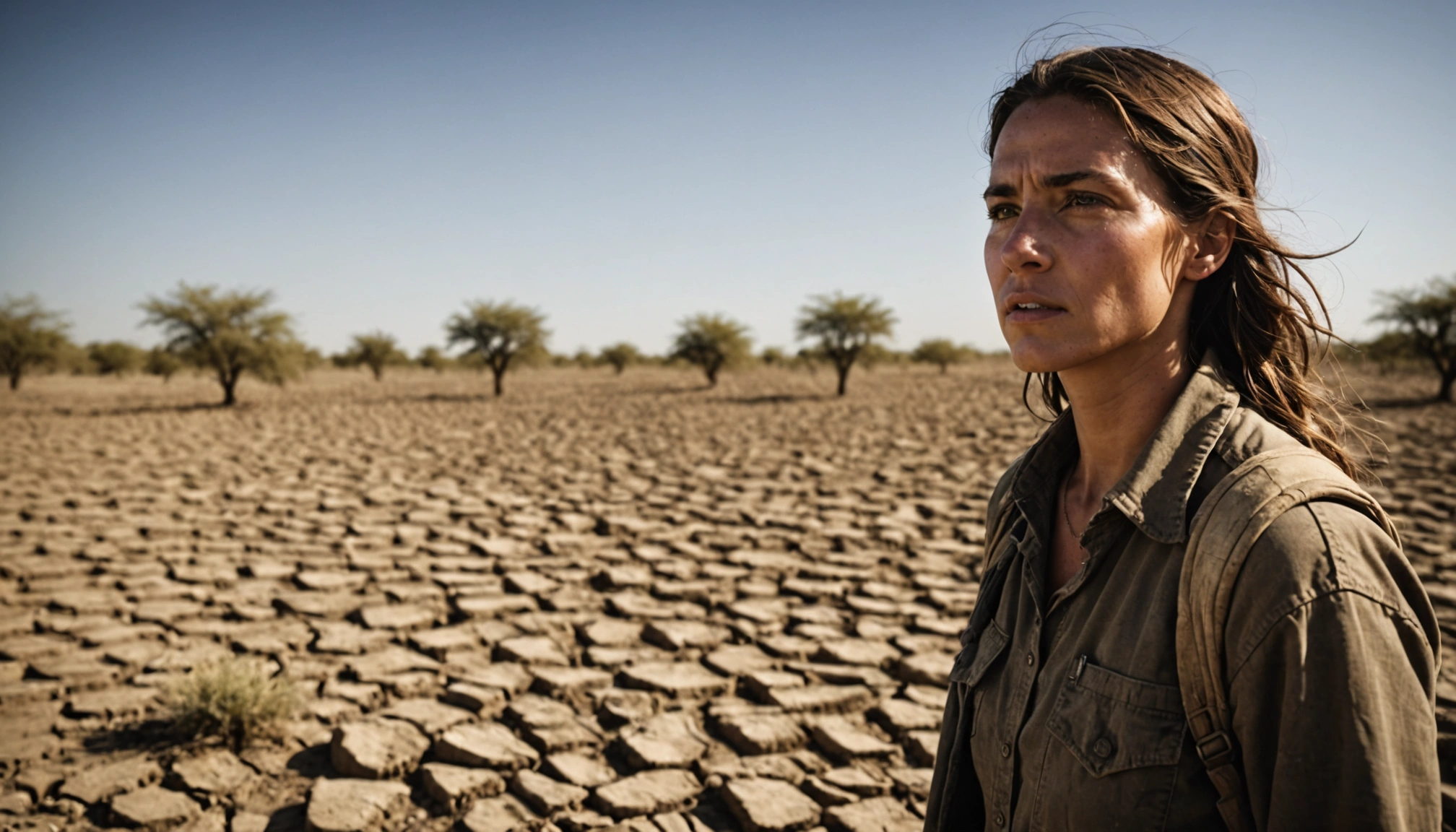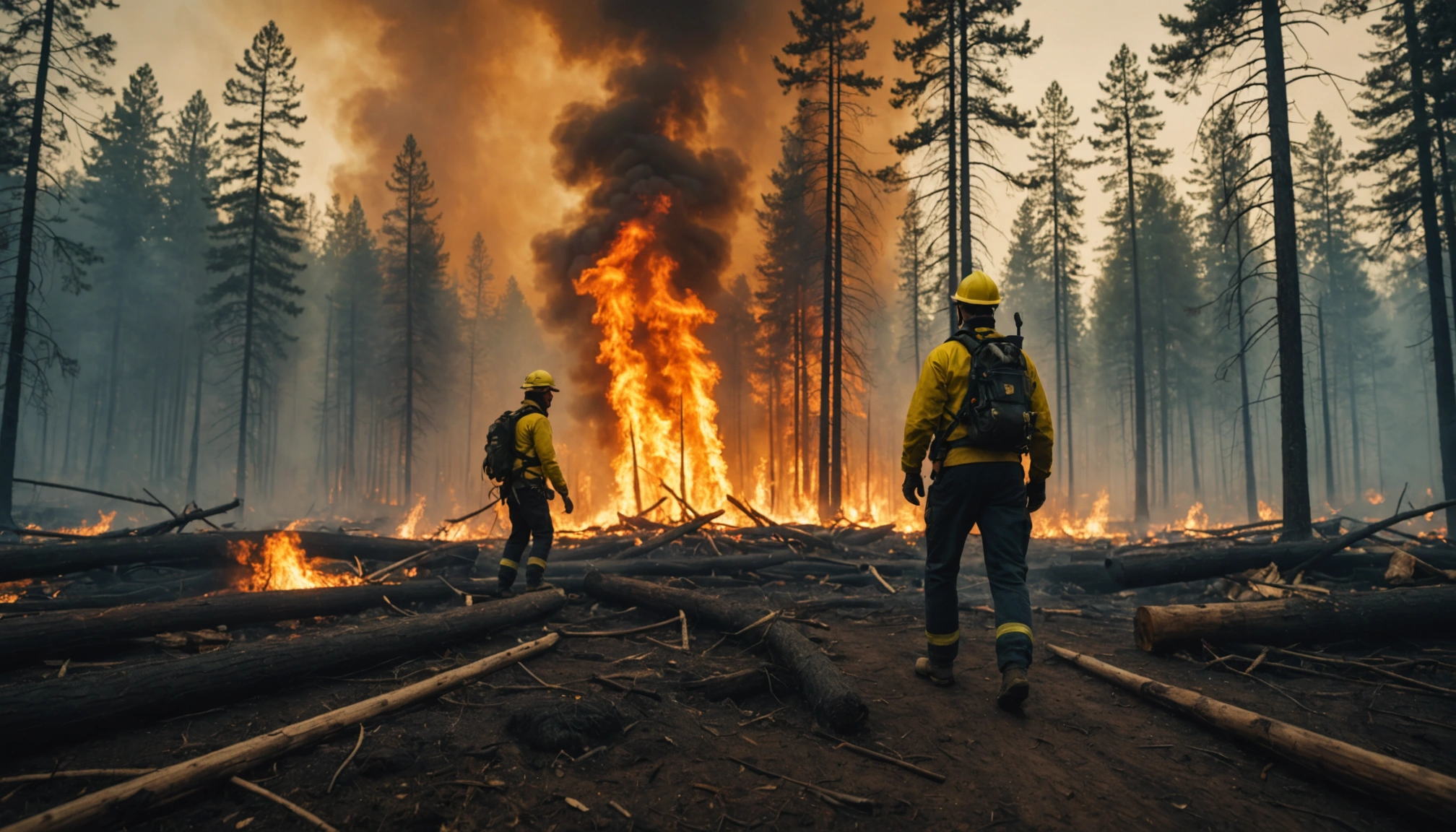The Multifaceted Crisis: Understanding the Diverse Impacts of Drought

Drought, often perceived as a simple lack of rain, is a complex phenomenon with far-reaching and devastating consequences. It's a creeping disaster that affects not only the environment but also the economy and society, impacting everything from agriculture and water resources to human health and global stability. As climate change intensifies, understanding the multifaceted nature of drought and its diverse impacts is crucial for developing effective mitigation and adaptation strategies.
The Many Faces of Drought
Drought is not a monolithic event; it manifests in various forms, each with distinct characteristics and impacts. Understanding these different types of drought is essential for targeted responses and effective management.
- Meteorological Drought: This is perhaps the most commonly understood type, defined by a prolonged period of below-average precipitation. It's the initial trigger that sets off a chain reaction, potentially leading to other forms of drought. Meteorological droughts can be caused by high levels of reflected sunlight, high-pressure systems, or winds carrying continental air masses.
- Agricultural Drought: This type links meteorological drought to its impact on agriculture. It occurs when insufficient soil moisture prevents healthy crop growth and reduces livestock productivity. Even mild rainfall shortages can significantly affect agriculture, threatening food security and driving up food prices. Extended agricultural drought can also degrade soil health, jeopardizing future growing seasons.
- Hydrological Drought: This refers to deficiencies in surface and subsurface water supplies, such as rivers, lakes, reservoirs, and groundwater. Hydrological droughts often lag behind meteorological and agricultural droughts because they involve stored water that is used but not replenished quickly.
- Socioeconomic Drought: This type connects the other forms of drought with their economic and social consequences. It occurs when the demand for an economic good, such as water, exceeds the supply due to a weather-related water shortfall. This can lead to water scarcity, increased food costs, stress from failed harvests, and other social and economic disruptions.
- Ecological Drought: This is a more recently defined type that refers to widespread ecological damage caused by a lack of soil moisture, disrupting ecosystems and leading to habitat degradation, species decline, and reduced biodiversity.
Economic Repercussions: A Ripple Effect
The economic impacts of drought are extensive and can ripple across various industries, influencing global markets and raising the cost of everyday products and energy for consumers.
- Agricultural Losses: The most direct economic impact is felt in the agricultural sector, with crop failures and pasture losses leading to reduced yields and increased prices for consumers. Regular droughts can decrease crop yields by up to 30%. Ranchers may face increased costs for feed and water for their animals.
- Impact on Related Industries: Droughts can indirectly affect downstream industries such as food processors, as well as reduce the demand for inputs such as fertilizer and farm labor. Businesses that depend on farming, like companies that make tractors and food, may lose business when drought damages crops or livestock.
- Increased Energy Costs: Droughts can lead to higher energy costs, particularly in regions dependent on hydropower. Power companies may have to spend more money on other fuel sources if drought dries up too much of the water supply.
- Disruptions to Supply Chains: Droughts can cause disruptions to supply chains, threatening global food security. Reduced water availability can also affect manufacturing processes, leading to reduced plant productivity or even closure of manufacturing facilities.
- Economic Instability: A World Bank report highlighted the potential of drought and water scarcity to slow economic growth, drive migration, and, in extreme cases, spark conflict. Rainfall deficits can have a negative impact on GDP growth, with low- and middle-income countries in arid areas sustaining the highest relative losses.
Environmental Degradation: A Vicious Cycle
Droughts have significant and lasting impacts on the environment, affecting water sources, land, fish and wildlife, and plant communities.
- Water Scarcity: Droughts lead to lower water levels in reservoirs, lakes, and ponds, as well as reduced streamflow in rivers. This decrease in available water can also lead to shrinking wetlands and groundwater depletion.
- Habitat Loss: The reduction and degradation of fish and wildlife habitat is a major environmental consequence of drought. Lack of food and drinking water for wild animals can lead to increased disease and migration, and can increase stress on endangered species or even extinction.
- Land Degradation: Droughts can result in reduced soil quality and increased quantity of dust, leading to wind and water erosion of soils. The drying out of wetlands can also contribute to poor soil quality.
- Increased Wildfires: Dry conditions caused by drought can lead to more and larger wildfires, which can destroy vegetation and endanger homes.
- Loss of Biodiversity: Droughts can lead to a loss of biodiversity, with the death of vegetation and trees and the appearance of pests and dendroid diseases.
Social and Health Consequences: Impacts on Well-being
The social impacts of drought are often indirect but can significantly affect human health, safety, and quality of life.
- Health Problems: Droughts can lead to health problems related to low water flows and poor water quality, as well as health problems related to dust. Reduced domestic water supply can induce poor handwashing and hygienic practices, which can lead to gastro-intestinal diseases and skin and eye infections.
- Mental Health: Farmers and those whose livelihoods are directly connected to land and water may experience high stress levels or anxiety and depression due to economic losses caused by drought.
- Food Insecurity and Malnutrition: Droughts can cause food insecurity when crops fail, leading to malnutrition and famine in severe cases.
- Displacement and Migration: Without access to clean water or food, many people must permanently leave their homes in order to survive. The World Bank suggests that some 216 million people may have to migrate by 2050 for reasons including water scarcity.
- Increased Conflict: Water is essential for human survival, and so tension rises rapidly when people's confidence in that supply is reduced. Drought can also exacerbate social tensions and fuel civil unrest.
Adapting to a Drier Future
While drought cannot be stopped, its impacts can be mitigated through proactive and risk-based management approaches.
- Improved Monitoring and Forecasting: Careful monitoring of rainfall, river flow, and soil moisture can help scientists predict the likelihood of a drought. Drought monitoring involves assessing precipitation totals and temperatures, checking moisture levels in soils, and monitoring water levels in streams and lakes.
- Sustainable Water Management: Investing in sustainable water practices is crucial for mitigating the economic impacts of drought. Better water management and policy decisions can prevent the worst effects of water scarcity and drought.
- Drought-Resistant Crops: Farmers should consider planting drought-resistant crops to minimize production losses during dry periods.
- Climate-Smart Agriculture: Implementing advanced climate-smart agriculture and best management practices can help reduce damage and costs associated with drought.
- Policy and Planning: Appropriate policy instruments can substantially mitigate and reduce the impacts of drought. Proactive, risk-based management approaches are effective in enhancing the resilience of communities and their capacity to cope with drought.
Conclusion
Drought is a complex and pervasive crisis with far-reaching impacts on the environment, economy, and society. As climate change intensifies, understanding the multifaceted nature of drought and its diverse consequences is essential for developing effective mitigation and adaptation strategies. By investing in sustainable water management, promoting climate-smart agriculture, and implementing proactive policies, communities can build resilience and minimize the devastating effects of drought in a changing world.
Related Articles

Iberian Peninsula Blackout: A Wake-Up Call for Renewable Energy Infrastructure

